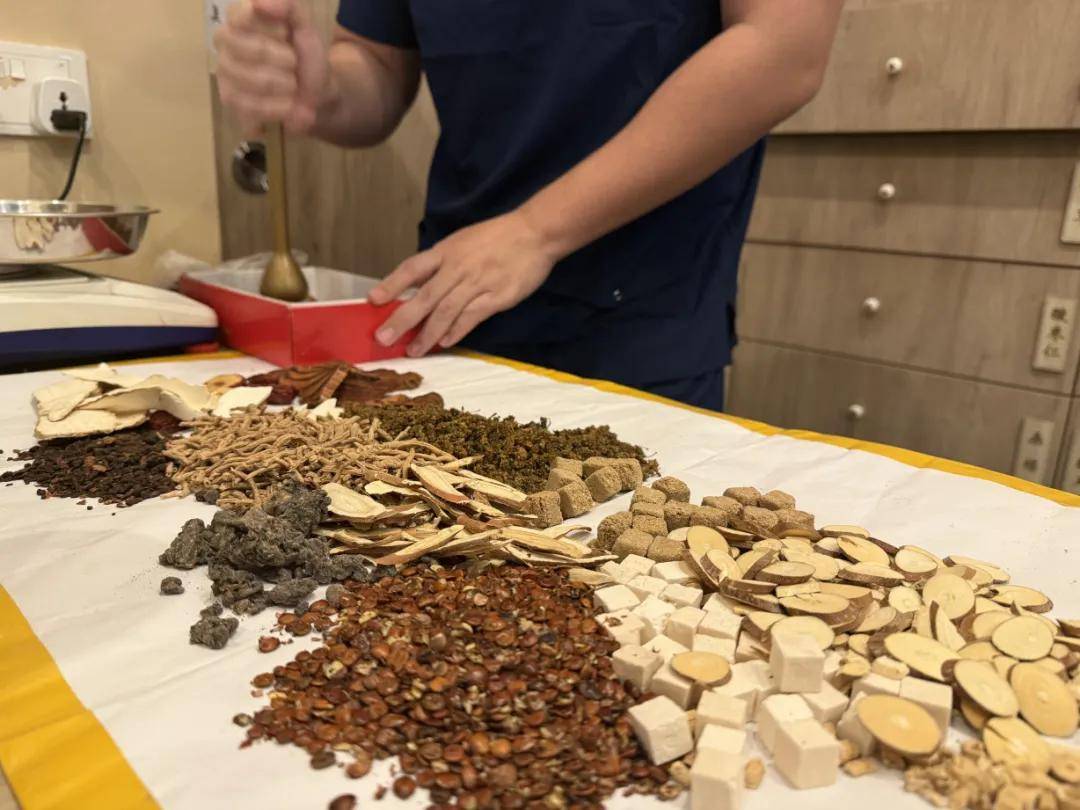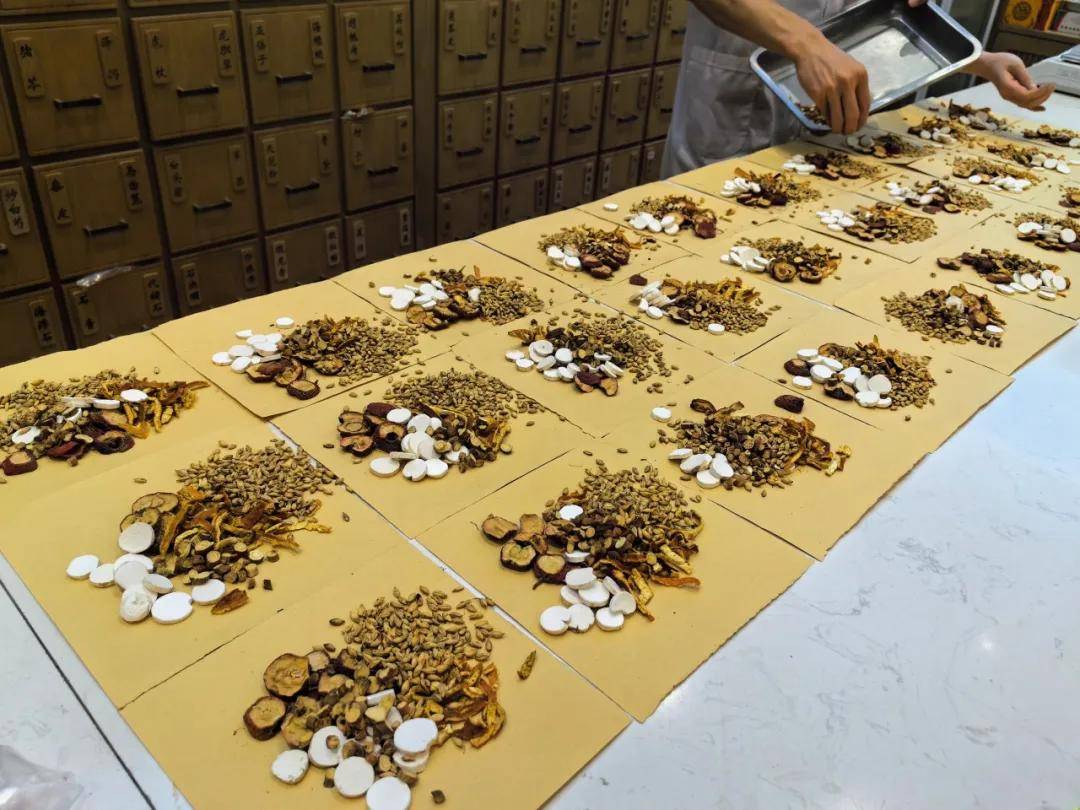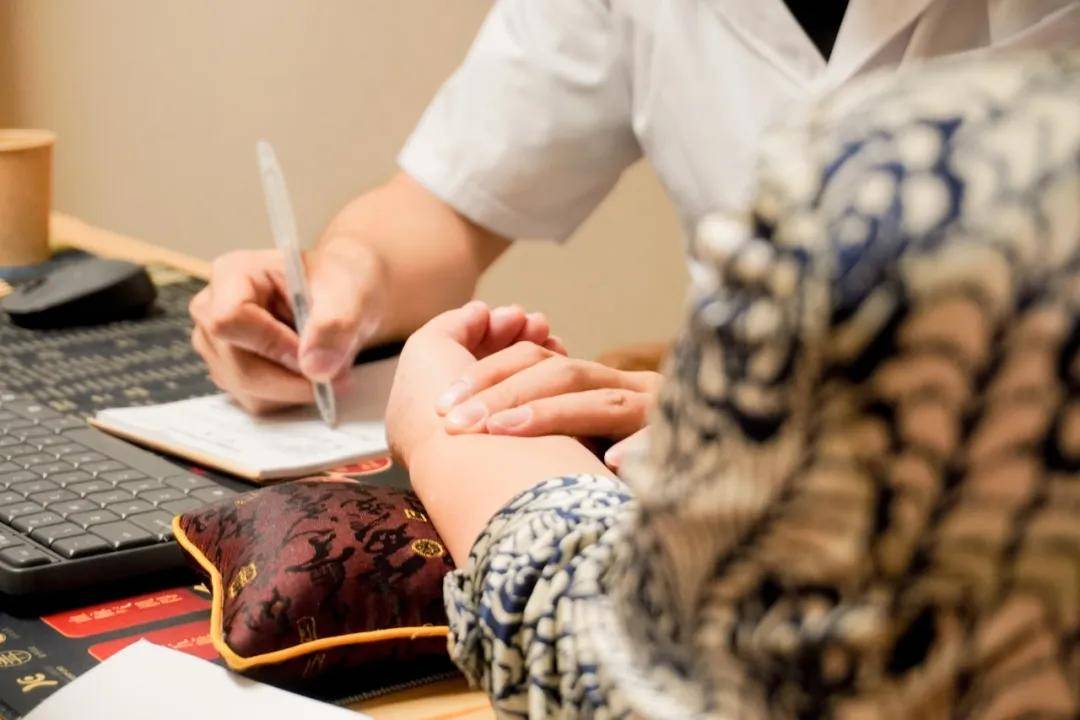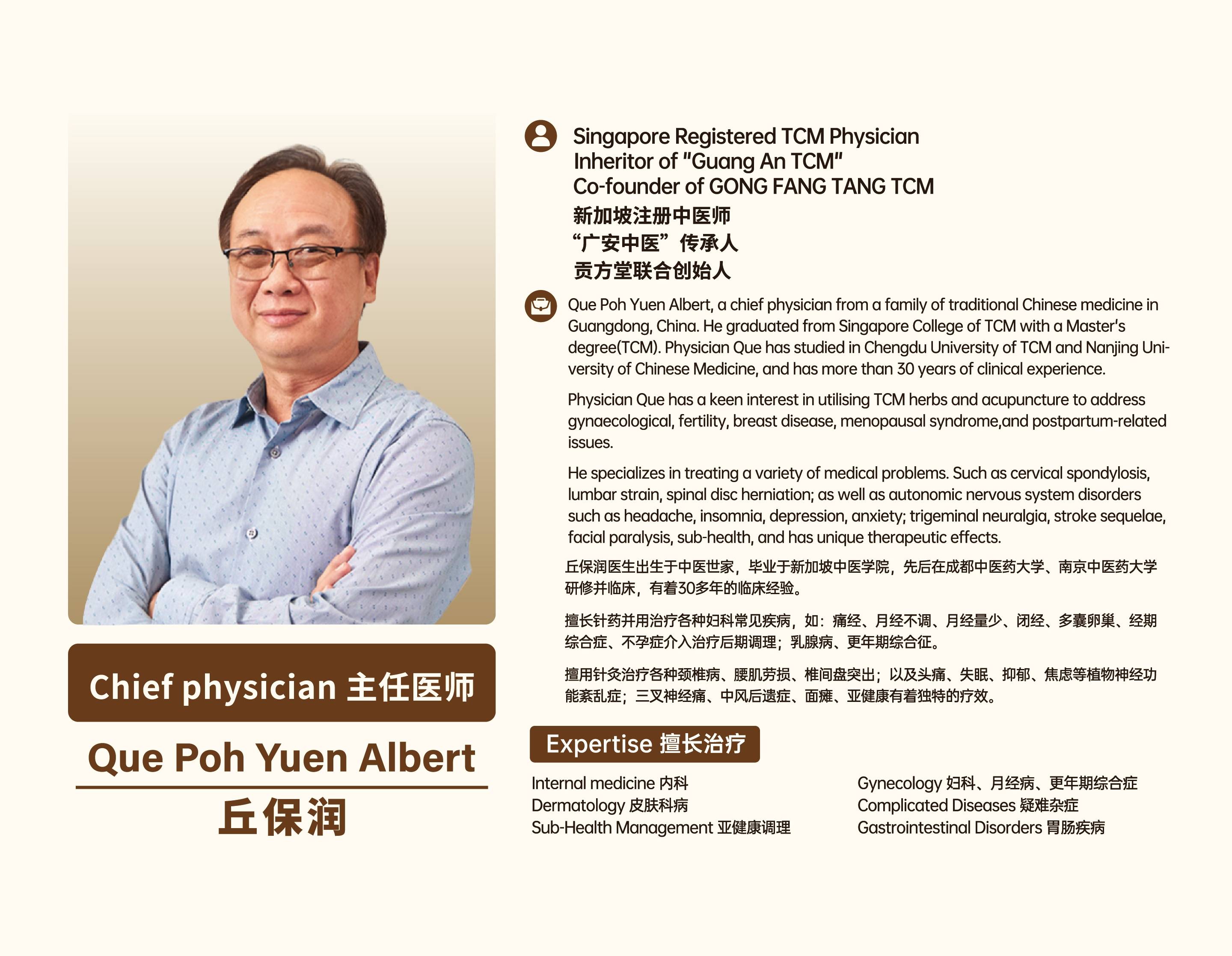The words "lung nodules" on a medical report make many people nervous, worrying whether they might have lung cancer. Don't panic! In fact, the vast majority of lung nodules are benign. So how can Traditional Chinese Medicine (TCM) help regulate and eliminate them?
1. Difficulty Breathing
Lung nodules directly affect respiratory function, often causing breathing difficulties, chest tightness, and shortness of breath. This is especially noticeable during sleep, where breathing problems may even wake the person up.
2. Frequent Coughing
When the lungs are damaged, the body's self-protection mechanism triggers repeated coughing. If the cough is not caused by smoking and is accompanied by phlegm or even blood, it indicates lung damage. At night, bronchitis is easily irritated, causing bronchial constriction and more frequent coughing.
3. Fatigue and Night Sweats
People with lung nodules often feel physically exhausted and experience excessive sweating. Normally, sweating during sleep is rare, but those with lung nodules may suffer from severe night sweats—a sign of impaired lung function.
4. Loss of Appetite
Lung nodules can cause noticeable inflammation in the throat and respiratory tract, leading to reduced appetite and diminished sense of taste.

Dr. Que Poh Yuen Albert, a TCM specialist at Singapore's Gong Fang Tang TCM, explains that in Traditional Chinese Medicine, lung nodules are caused by stagnation of qi and blood in the lungs, as well as the accumulation of phlegm-dampness.
When the body's qi circulation is obstructed, fluid metabolism becomes impaired, leading to the formation of dampness and phlegm. Poor blood flow can also result in blood stasis. If these pathological factors are not cleared over time, they may gradually accumulate in certain areas, forming nodules. This is often the body's "blockage signal" due to long-term poor lifestyle habits, emotional stress, or environmental influences.
Therefore, TCM treatment for lung nodules focuses on regulating qi and blood, resolving phlegm-dampness, and other related approaches.
Origin: Jin Gui Yao Lue (Essential Prescriptions from the Golden Cabinet), Volume 1.
Functions: Diffuses the lungs and eliminates phlegm.
Indications: Internal retention of water-fluid, cough with deep pulse. Symptoms include cough, wheezing, body edema, difficulty in urination and defecation, and a deep, hidden pulse.
Clinical Application: Commonly used to treat conditions where retained fluid-heat oppresses the lungs, with the disease located in the interior.
Formula Composition (9 herbs):
Ban Xia (Pinellia Rhizome) 10g
Zi Shen (Ophiopogon Root) 10g
Ze Qi (Pondweed) 6g
Sheng Jiang (Fresh Ginger) 6g
Bai Qian (Cynanchum Root) 10g
Gan Cao (Licorice) 6g
Huang Qin (Scutellaria Root) 6g
Ren Shen (Ginseng) 6g
Gui Zhi (Cinnamon Twig) 6g
Ze Qi (Pondweed, 泽漆)
Meridian Entry: Lung, Small Intestine, Large Intestine.
Functions: Promotes urination, reduces swelling, resolves phlegm, stops cough, detoxifies, and kills parasites.
Indications: Edema, phlegm-fluid retention, wheezing and cough, malaria, dysentery, scrofula, tuberculous fistulas, and osteomyelitis.
Ze Qi has a natural nodule-dissolving effect—it breaks down the nodules first and aggressively clears out the accumulated phlegm-dampness trapped inside.

The power of Ze Qi (Pondweed) alone is not enough, so Ban Xia (Pinellia Rhizome) is added—another expert in resolving phlegm.
Zi Shen (Ophiopogon Root)
Nature & Taste: Neutral, bitter, pungent.
A commonly used herb in Yi ethnic medicine, it promotes blood circulation, stops bleeding, removes stasis, and regenerates new tissue.
Indications: Nosebleeds, vomiting blood, hematuria, abnormal uterine bleeding, irregular menstruation, rheumatic joint pain, hepatitis, etc.
Gui Zhi (Cinnamon Twig)
Nature & Taste: Pungent, sweet, warm.
Meridian Entry: Heart, Lung, Bladder.
Functions: Induces sweating, warms and unblocks meridians, supports yang transformation of qi, and subdues rebellious qi.
Bai Qian (Cynanchum Root)
Functions: Stops cough.
Meridian Entry: Liver, Lung.
Effects: Drains lung qi, reduces phlegm, and relieves cough.
Treats: Lung excess with wheezing and fullness, cough with copious phlegm, and stomach pain.
Huang Qin (Scutellaria Root)
Nature & Taste: Bitter, cold.
Functions: Clears heat, dries dampness, purges fire, detoxifies, stops bleeding, and calms the fetus.
Indications: Febrile diseases, upper respiratory infections, lung-heat cough, damp-heat jaundice, pneumonia, dysentery, hemoptysis, red eyes, restless fetus, hypertension, abscesses, and boils.
Since the formula contains both cold and warm herbs, contradictions may arise. Adding Gan Cao (Licorice) mediates the interactions, helping the herbs work together harmoniously to overcome the disease.
Zhang Zhongjing’s Ze Qi Tang (Pondweed Decoction) not only helps regulate lung nodules but also treats pleural effusion, chronic bronchitis, and even lung cancer—a range of pulmonary disorders.

Patient: Female
Condition: Discovered lung nodules 3 years ago, with multiple nodules in both lungs. The largest was a 7mm ground-glass nodule.
Chief Complaints:
High stress in recent years, frequent low mood
Chest tightness and discomfort
Insomnia, often waking up in the early morning and unable to fall back asleep
Loose stools
Normal appetite
Tongue: Red with a slippery, greasy coating; sublingual cyanosis
Pulse: Deep, slippery, and slightly wiry
TCM Diagnosis: Lung accumulation (Phlegm-dampness obstructing the lungs)
Treatment Principle: Eliminate phlegm, resolve dampness, diffuse the lungs, and disperse nodules
Prescription: Modified Ze Qi Tang (Pondweed Decoction)
Ze Qi (Pondweed) 15g
Zi Wan (Aster Root) 15g
Shi Jian Chuan (Salvia Scapiformis) 15g
Fa Ban Xia (Pinellia Rhizome, processed) 15g
Bai Qian (Cynanchum Root) 15g
Gan Cao (Licorice) 10g
Huang Qin (Scutellaria Root) 10g
Dang Shen (Codonopsis Root) 10g
Gui Zhi (Cinnamon Twig) 10g
Chong Lou (Paris Rhizome) 6g
Mao Zhua Cao (Cat’s Claw Herb) 10g
Zhe Bei Mu (Fritillaria Thunbergii) 15g
Chai Hu (Bupleurum Root) 10g
Dan Shen (Salvia Miltiorrhiza) 15g
Chuan Xiong (Ligusticum Chuanxiong) 10g
Preparation: 7 doses, decocted to 400ml, taken warm in two divided doses.
Follow-up:
Chest tightness improved; sleep quality enhanced.
Continued with modified prescription.
Outcome:
After a period of TCM treatment, a follow-up examination this year showed that the largest nodule—the 7mm ground-glass nodule—had disappeared.
